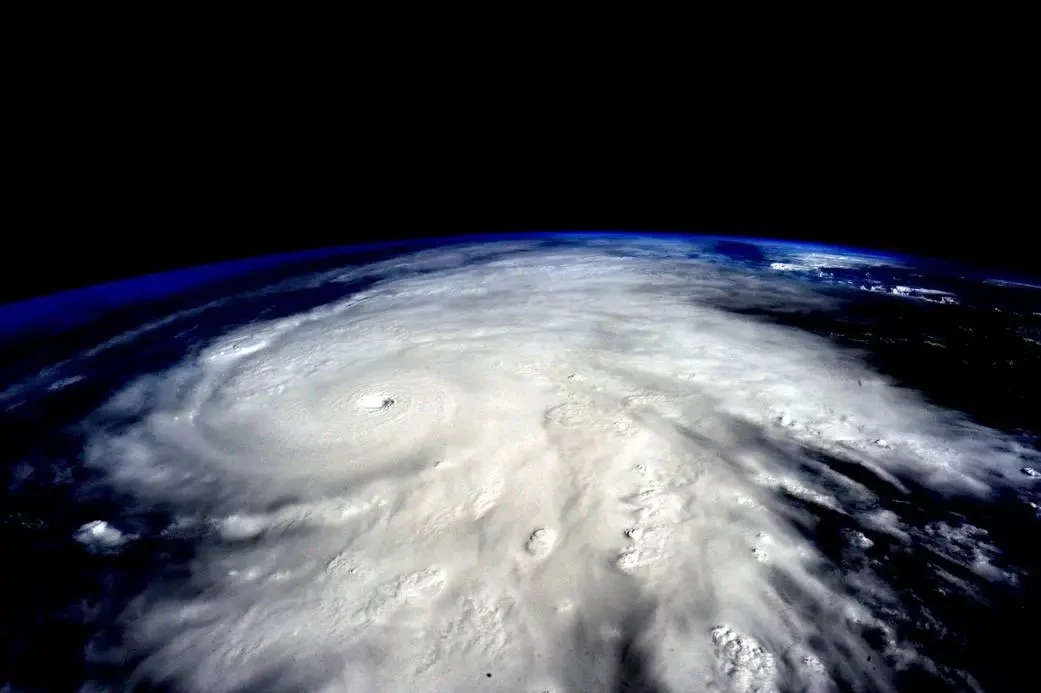Climate change looks set to trigger stronger storms more often, and the threat may not be properly communicated to people in the line of fire. Now, scientists at Lawrence Berkeley National Laboratory suggest there’s room for a Category 6 on the scale – with five storms in the past decade already reaching that strength.
Currently, the National Hurricane Center uses a measure called the Saffir-Simpson Windscale to classify the intensity of hurricanes in the Western Hemisphere and alert people in the area to take appropriate precautions. It’s based on the maximum wind speeds in the storm averaged over a minute – it starts at 74 mph (119 km/h) for a Category 1 hurricane, and goes through different thresholds all the way up to Category 5, which is everything over 157 mph (252 km/h). But because the destructive power of wind increases exponentially, and with hurricane strength growing in recent years, scientists at Berkeley Lab and the First Street Foundation weren’t sure if that scale told the full story.
“Our motivation is to reconsider how the open-endedness of the Saffir-Simpson Scale can lead to underestimation of risk, and, in particular, how this underestimation becomes increasingly problematic in a warming world,” said Michael Wehner, first author of the study.
Tropical storms form out of interactions between warm ocean water and warm, humid air, and those temperatures are increasing rapidly, thanks to human-induced climate change. This seems set to boost not just the intensity of hurricanes but the speed that they gain power.
In the new study, the team added an extra hypothetical category to the scale. Based on the ranges of lower categories, they suggested that Category 5 would cover storms with wind speeds between 157 and 192 mph (252 and 309 km/h), while the new Category 6 would include any storm that became more powerful than that upper bound.
When the researchers analyzed historical data of hurricanes from 1980 to 2021, they identified five storms that reached strengths high enough to fall into that hypothetical Category 6. That includes Hurricane Patricia, the most powerful tropical cyclone on record, which battered Central America with winds of up to 215 mph (345 km/h) in 2015.
Worryingly, but perhaps not surprisingly, all five hypothetical Category 6 hurricanes occurred within the last nine years. That lends weight to the contributions of climate change to their intensity. The team admits the research isn’t a formal proposal for a restructure of the Saffir-Simpson Scale, but is intended to bring attention to its potential shortcomings.
“Tropical cyclone risk messaging is a very active topic, and changes in messaging are necessary to better inform the public about inland flooding and storm surge, phenomena that a wind-based scale is only tangentially relevant to,” said James Kossin, co-author of the study. “While adding a 6th category to the Saffir–Simpson Hurricane Wind Scale would not solve that issue, it could raise awareness about the perils of the increased risk of major hurricanes due to global warming.”
The research was published in the journal PNAS.




